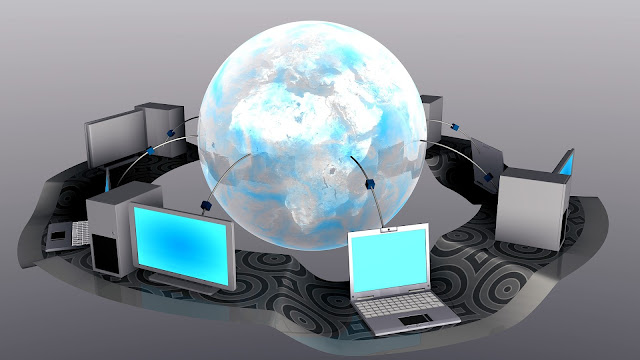Types of Information Computing Models
There are several computing models which have been used to provide timely information to managers in the cooperate world. Recently the information system is organized as a network using file / server technology. To support large data access, the client-server technology is used.
Local Area Network (LAN)
Is a communication facility that covers a limited geographical area (small office building or home) and interconnects in an effective manner with different types of computers and the computers must be within the range of 100 to 300 meters.
Wide Area Network (WAN)
Is a wide area communications facility that covers a eider geographical area ranges from a few kilometers to around the globe and supported by transport media such as terrestrial microwave link, link, satellite, modems, network control centers etc.
Read: Types of Information System
File / Server
Sharing data in a Local Area Network (LAN) the user stores files on a file server. A file server is a central node that stores data files where other users can access files. A file server allows users to share information over the network. File servers are mostly found in small organizations network and also used in schools.
The file server on the network acts as a central hub for sharing peripherals like printers, print queues and modems. An application running on the workstation (computer connected to the network) reads and writes files on the file server. A file server is simply stores files for applications that run on the network computers.
Client-Server
Client-Server system delivers the benefits of the network computing model along with the stored data access. Any local area network can be considered as client-server system since the workstations or clients request services like data, program files or printing from a server.
A client-server has three distinct components each has specific tasks, a database server, a client application and a network.
Also Read: What Is Information Technology

















No comments: